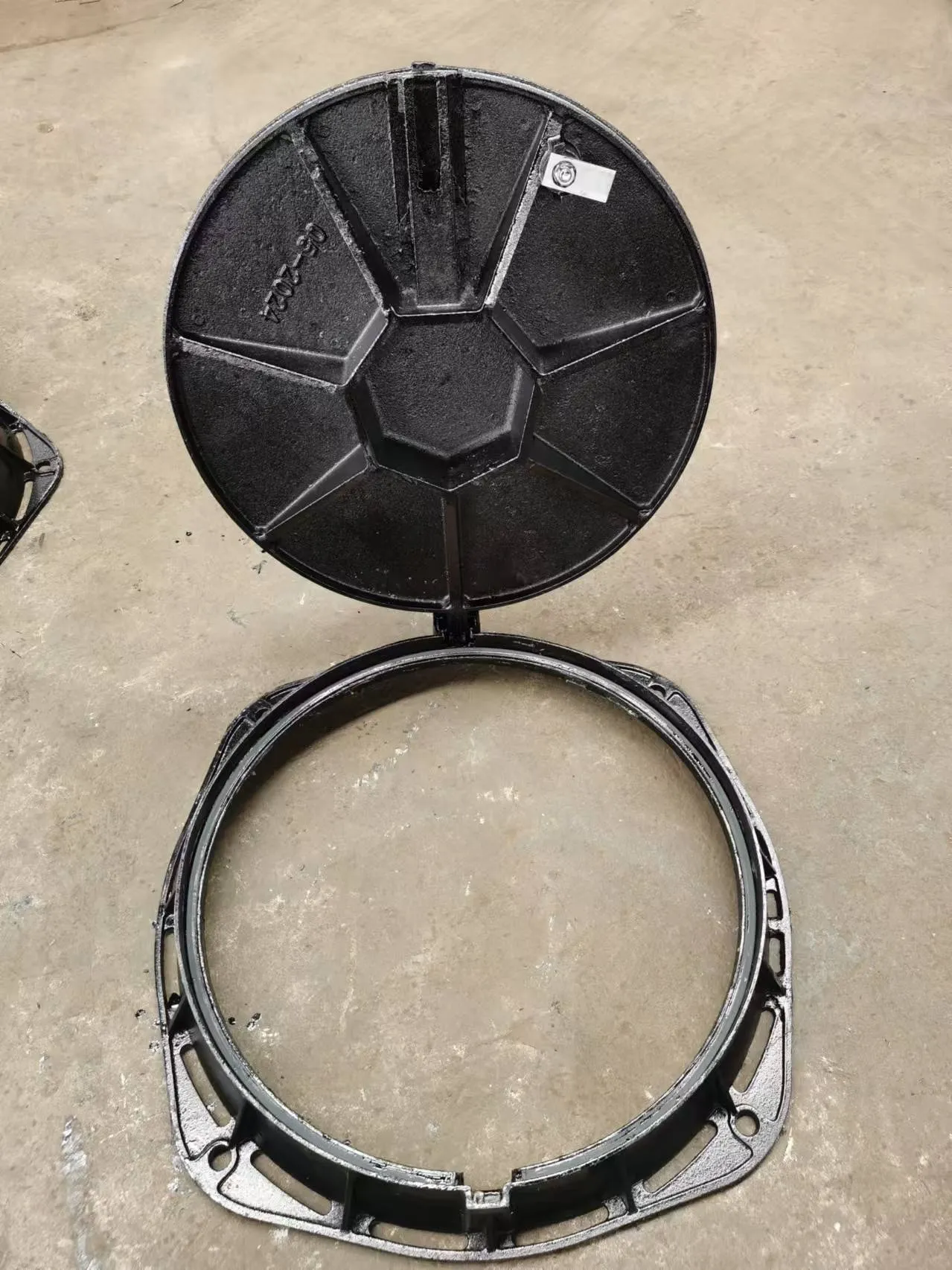Exploring the Features and Benefits of PN 2020 Butterfly Valves for Fluid Control
Understanding the PN 2020 Butterfly Valve Applications, Benefits, and Features
The PN 2020 butterfly valve, a crucial component in many fluid control systems, is designed to regulate and isolate the flow of fluids with efficiency and reliability. This type of valve is known for its versatile application across various industries, including water treatment, oil and gas, chemical processing, and HVAC systems. In this article, we will explore the essential features, benefits, and applications of the PN 2020 butterfly valve to understand why it is a preferred choice for many engineers and system designers.
Basic Design and Operation
A butterfly valve consists of a circular disc or flap that rotates about a hinge located at its center. The disc is designed to either completely block or allow fluid flow through the pipeline by means of a quarter-turn rotation. The PN 2020 designation refers to the pressure rating of the valve, indicating that it can handle a maximum pressure of 20 bar (or 290 psi). This pressure rating makes the PN 2020 butterfly valve suitable for high-pressure applications, offering a robust solution while maintaining a balance between weight and the ability to efficiently seal.
Key Features
1. Compact Design The architecture of the butterfly valve allows for a more compact footprint compared to other valve types such as gate or globe valves. This space-saving feature is beneficial in installations where space is limited, and it contributes to ease of installation in various piping systems.
2. Quick Operation One of the primary advantages of the PN 2020 butterfly valve is its swift performance. The quarter-turn operation facilitates rapid opening and closing of the valve, allowing for quick adjustments to the flow rate and pressure within the system.
3. Versatility Butterfly valves come in several materials such as stainless steel, cast iron, and plastic, making them highly customizable to suit different fluid types, temperatures, and pressures. This versatility extends their applicability across diverse industries.
4. Low Torque Requirements Due to the design of the disc, butterfly valves typically require less torque to operate compared to other valve types. This characteristic enables the use of smaller actuators, reducing both initial costs and energy consumption during operation.
Benefits of Using PN 2020 Butterfly Valves
1. Efficiency The overall design of the butterfly valve promotes smooth flow, minimizing pressure losses in the system. Their ability to handle large volumes of fluid with relatively low resistance enhances overall system efficiency.
pn 20 butterfly valve

2. Reduced Maintenance The simple design of the PN 2020 butterfly valve often translates to lower maintenance requirements. Fewer moving parts lead to reduced wear and tear, extending the lifespan of the valve and lowering operational costs associated with maintenance.
3. Easy Installation Installing a butterfly valve typically requires less effort compared to more complex valve designs. The lightweight structure and straightforward mounting options make them a practical choice for quick upgrades and replacements.
4. Cost-Effectiveness Given its durability, versatility, and low maintenance needs, the PN 2020 butterfly valve presents a cost-effective solution for fluid control applications. This is particularly advantageous for large-scale projects where even slight savings per unit can result in significant overall cost reductions.
Applications
The PN 2020 butterfly valve finds applications in various sectors
- Water and Wastewater Treatment These valves efficiently manage the flow of water and wastewater through treatment processes, ensuring optimal performance and regulatory compliance. - Chemical Processing With their ability to handle corrosive substances, they are widely used in the chemical industry for regulating flow and protecting equipment.
- Heating, Ventilation, and Air Conditioning (HVAC) In HVAC systems, butterfly valves serve as reliable controls for air and fluid flow, contributing to energy efficiency and operational stability.
- Oil and Gas Industry Their design allows for the reliable control of liquid and gas flow in pipelines, essential for efficient and safe operations in this sector.
Conclusion
The PN 2020 butterfly valve stands out as a robust and reliable component for fluid control systems across diverse industries. Its compact design, quick operational capabilities, and overall efficiency make it an ideal choice for engineers and system designers. As industries continue to evolve and demand more efficient processes, the role of the PN 2020 butterfly valve will undoubtedly remain significant, driving advancements in fluid management technologies.
-
The Smarter Choice for Pedestrian AreasNewsJun.30,2025
-
The Gold Standard in Round Drain CoversNewsJun.30,2025
-
The Gold Standard in Manhole Cover SystemsNewsJun.30,2025
-
Superior Drainage Solutions with Premium Gully GratesNewsJun.30,2025
-
Superior Drainage Solutions for Global InfrastructureNewsJun.30,2025
-
Square Manhole Solutions for Modern InfrastructureNewsJun.30,2025
-
Premium Manhole Covers for Modern InfrastructureNewsJun.30,2025
